In today's competitive market landscape, businesses are constantly seeking ways to stand out and create a distinctive presence.
One approach gaining significant attention is the integration of Human-Centric Design (HCD), Product-Centric Design (PCD), and Market-Centric Design (MCD) into their brand strategy.
This article explores the significance of each design approach and how they collectively contribute to achieving the 3A's: Awareness, Adoption, and Advocacy. By delving into the principles of HCD, PCD, and MCD, businesses can enhance their brand visibility, drive customer engagement, and foster long-term loyalty and advocacy. Additionally, we'll discuss the application of the ASEES methodology to ensure that brand strategies are structured, aligned, and sustainable.
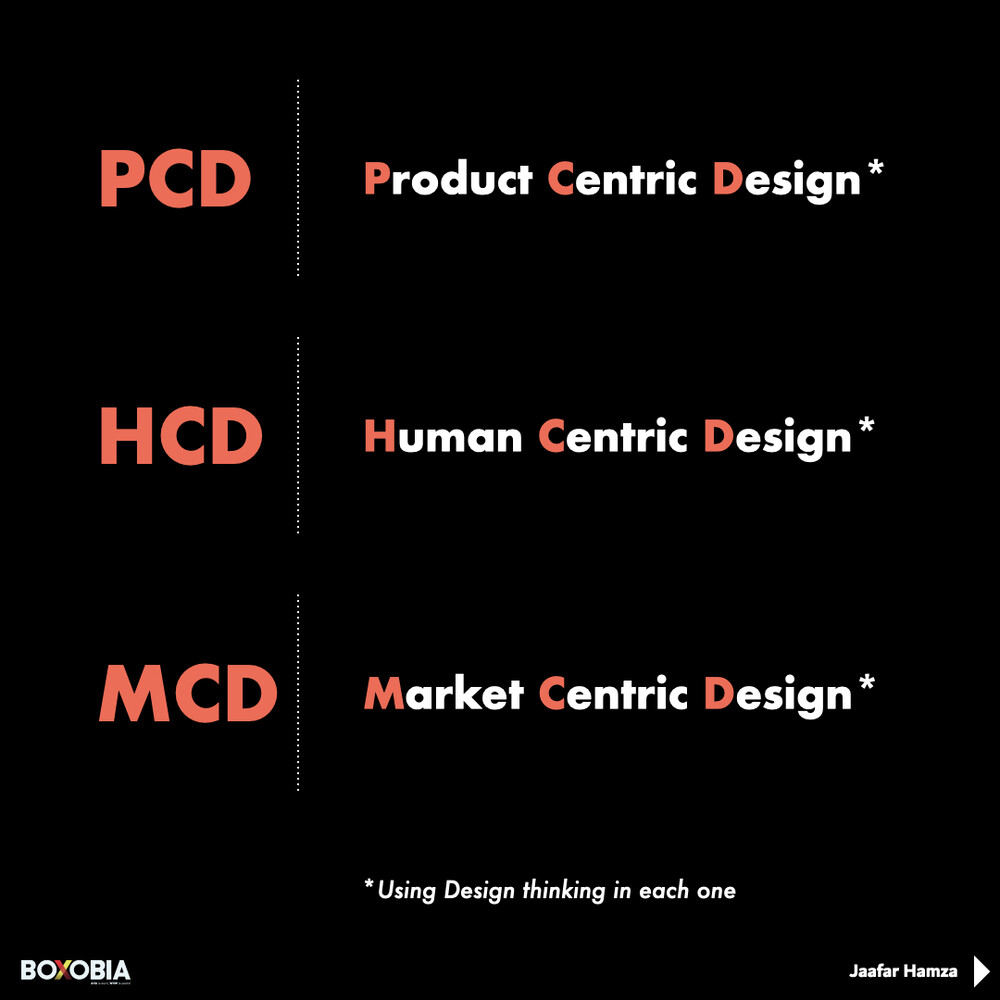
1. Product-Centric Design (PCD):
PCD emphasizes developing products or services with a clear Unique Selling Proposition (USP) to differentiate them from competitors.
PCD drives innovation by focusing on creating value-added features and benefits that resonate with target customers.
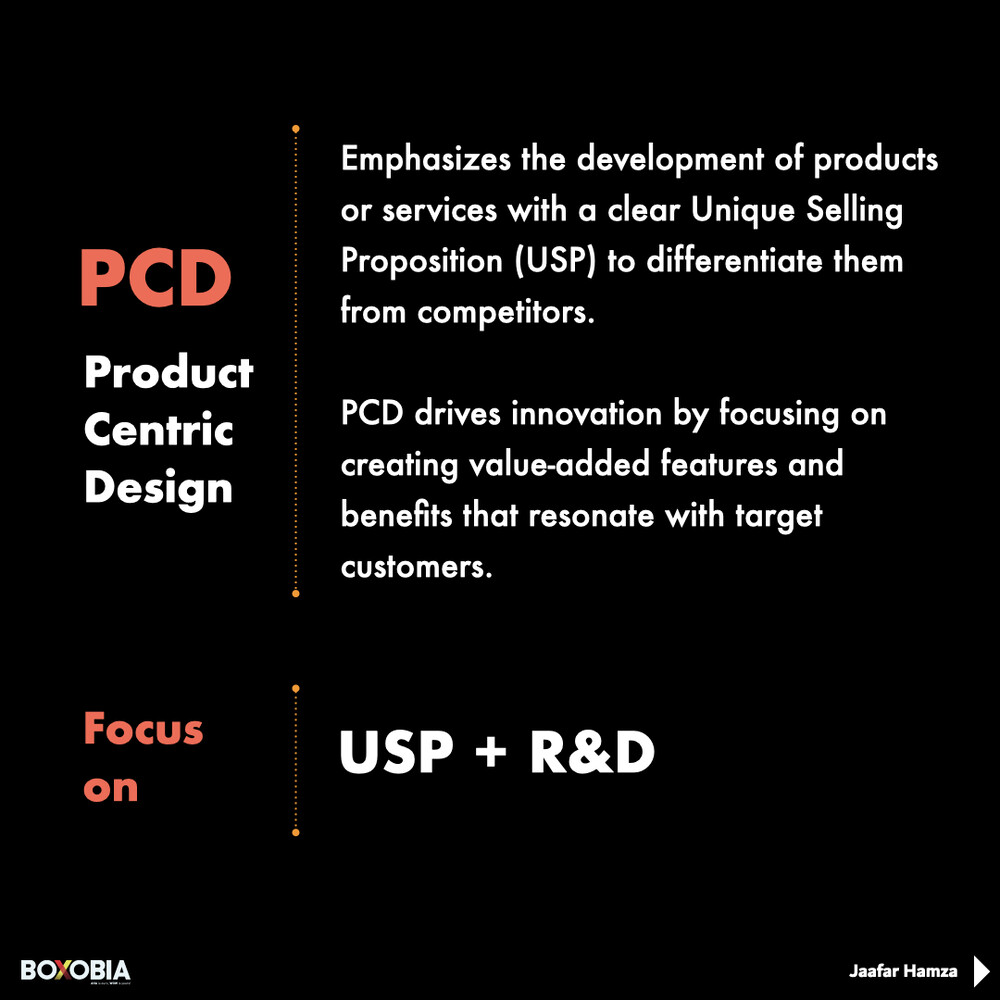
2. Human-Centric Design (HCD):
HCD prioritizes the needs and preferences of both internal stakeholders (employees) and external stakeholders (customers).
Internally, HCD fosters a supportive work environment conducive to creativity, collaboration, and employee satisfaction.
Externally, HCD aims to deliver exceptional customer experiences by understanding and addressing customer pain points and aspirations.
For internal customers, who are the employees of the organization, the focus lies on two main points:
2.1 Employee Engagement: This involves cultivating a work environment where employees feel valued, motivated, and committed to their work and the organization's goals.
2.2 Employee Development: This includes providing opportunities for training, skill development, career advancement, and personal growth to empower employees to effectively perform their roles and reach their full potential.
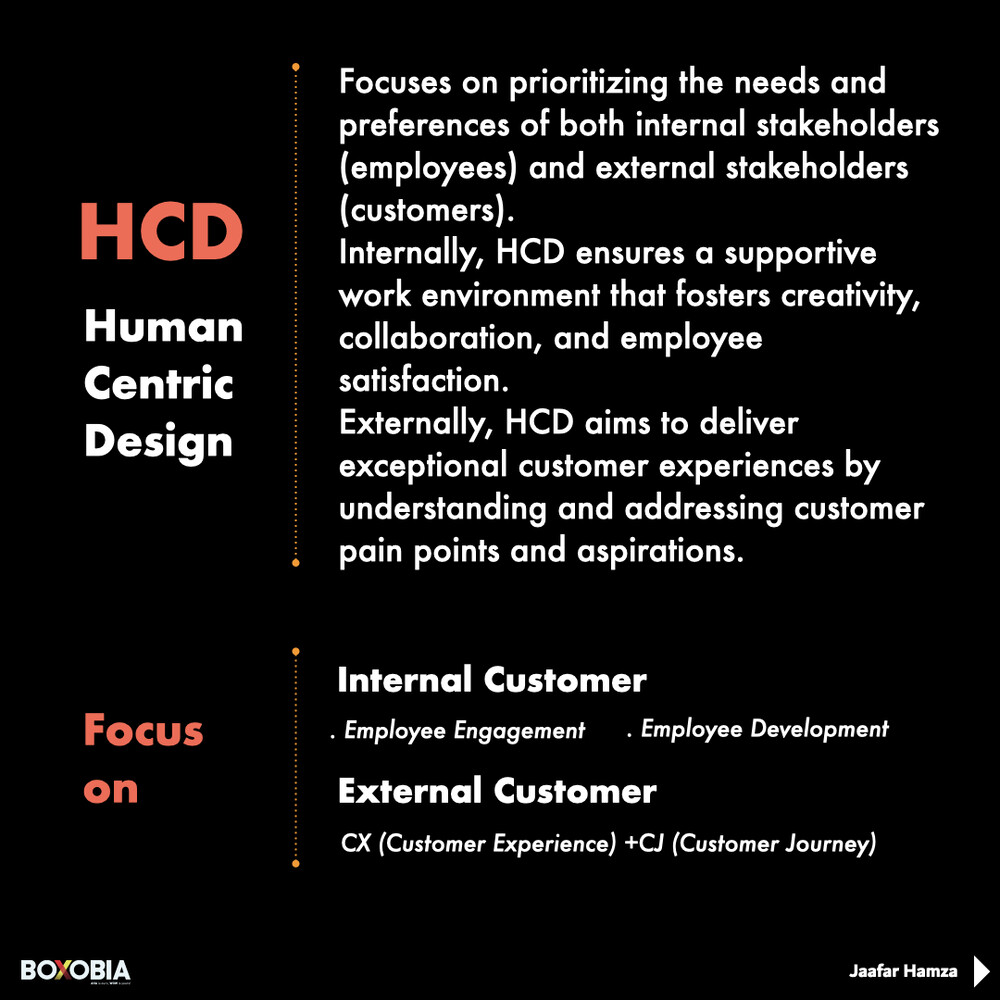
3. Market-Centric Design (MCD):
MCD encompasses marketing strategies and activities aimed at understanding and effectively engaging with the target market.
It involves comprehensive market research, segmentation, targeting, and positioning to identify and capitalize on market opportunities.
The goal of MCD is to create awareness of the brand and its offerings, drive adoption among target customers, and foster advocacy to build brand loyalty and advocacy.
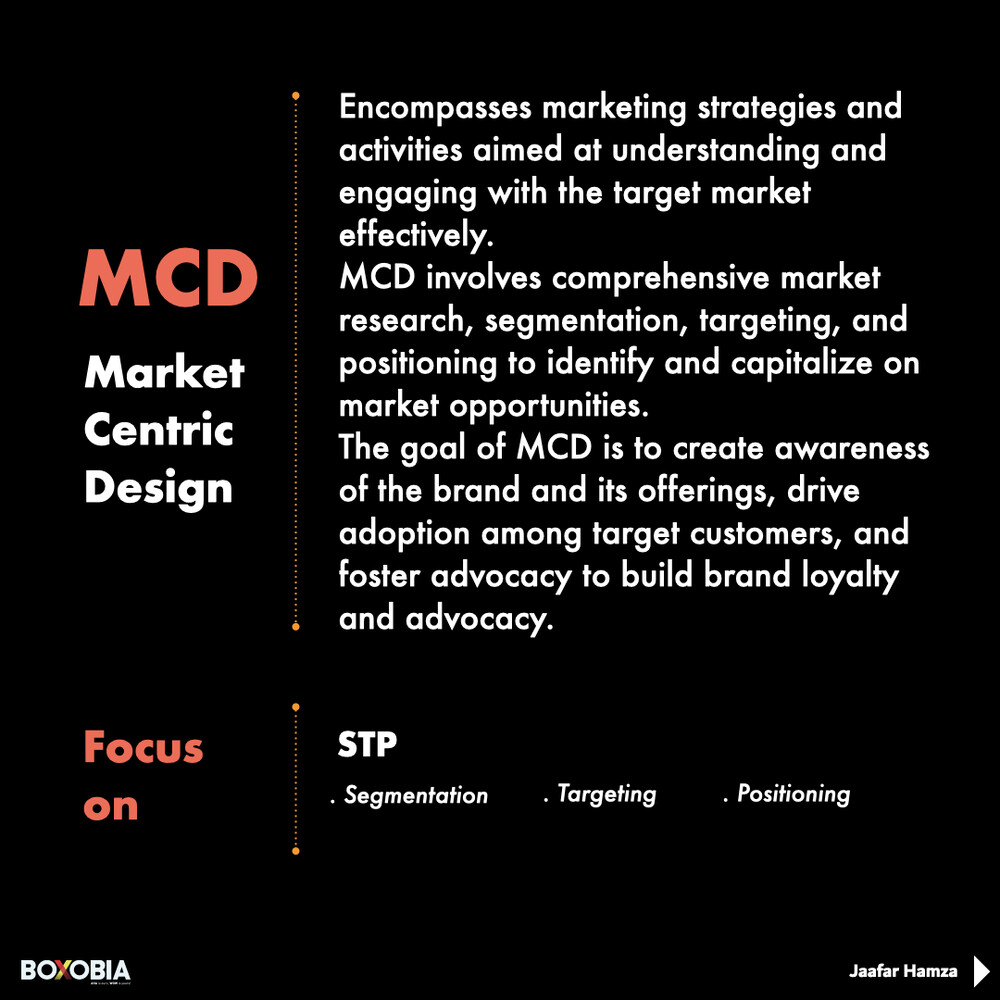
By integrating HCD, PCD, and MCD, businesses can achieve the 3A's:
A1. Awareness: By aligning products and marketing strategies with customer needs and market trends, businesses can raise awareness of their brand and offerings among target audiences.
A2. Adoption: Through product innovation, effective marketing campaigns, and exceptional customer experiences, businesses can encourage the adoption of their products or services by target customers.
A3. Advocacy: By consistently delivering value, engaging with customers, and fostering positive relationships, businesses can turn satisfied customers into loyal advocates who promote the brand and its offerings to others.
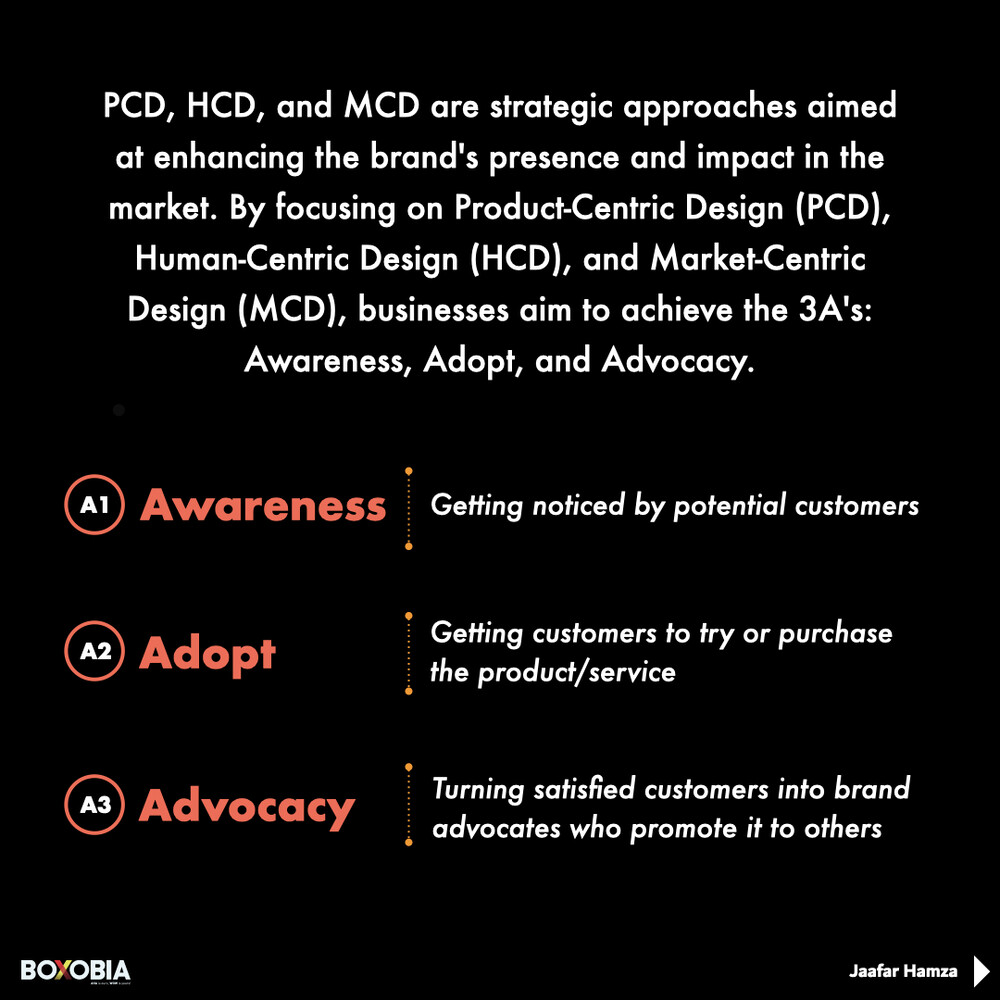
In summary, the trilogy of HCD, PCD, and MCD, combined with the goal of creating Awareness, Adoption, and Advocacy, provides a comprehensive framework for businesses to thrive in today's competitive market landscape. By focusing on customer-centricity, innovation, and effective marketing, businesses can enhance brand visibility, drive customer engagement, and build long-term loyalty and advocacy.
To ensure all processes are structured and aligned with brand objectives, the ASEES methodology can be employed:
1. Auditing and Assessment: Evaluate all touchpoints, both internal and external, to ensure the brand leverages its full potential.
2. Strategy: Develop a roadmap based on the findings of the auditing and assessment process, outlining the organization's strategic direction.
3. Execution: Implement the strategy, paying close attention to detail and ensuring alignment with the overarching goals.
4. Evaluation: Continuously assess performance and make necessary adjustments to ensure alignment with the strategy.
5. Sustainability: Focus on both horizontal expansion and vertical innovation and uniqueness in products and services to ensure long-term brand sustainability.
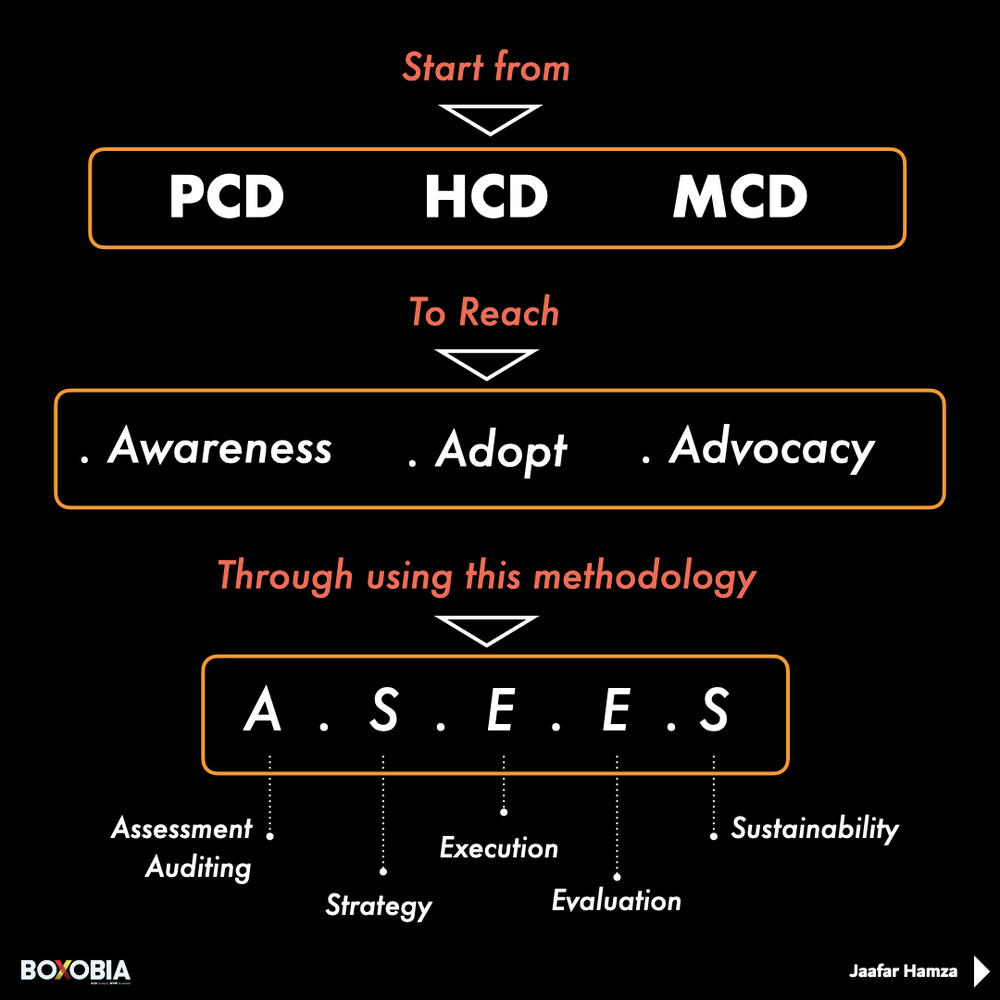
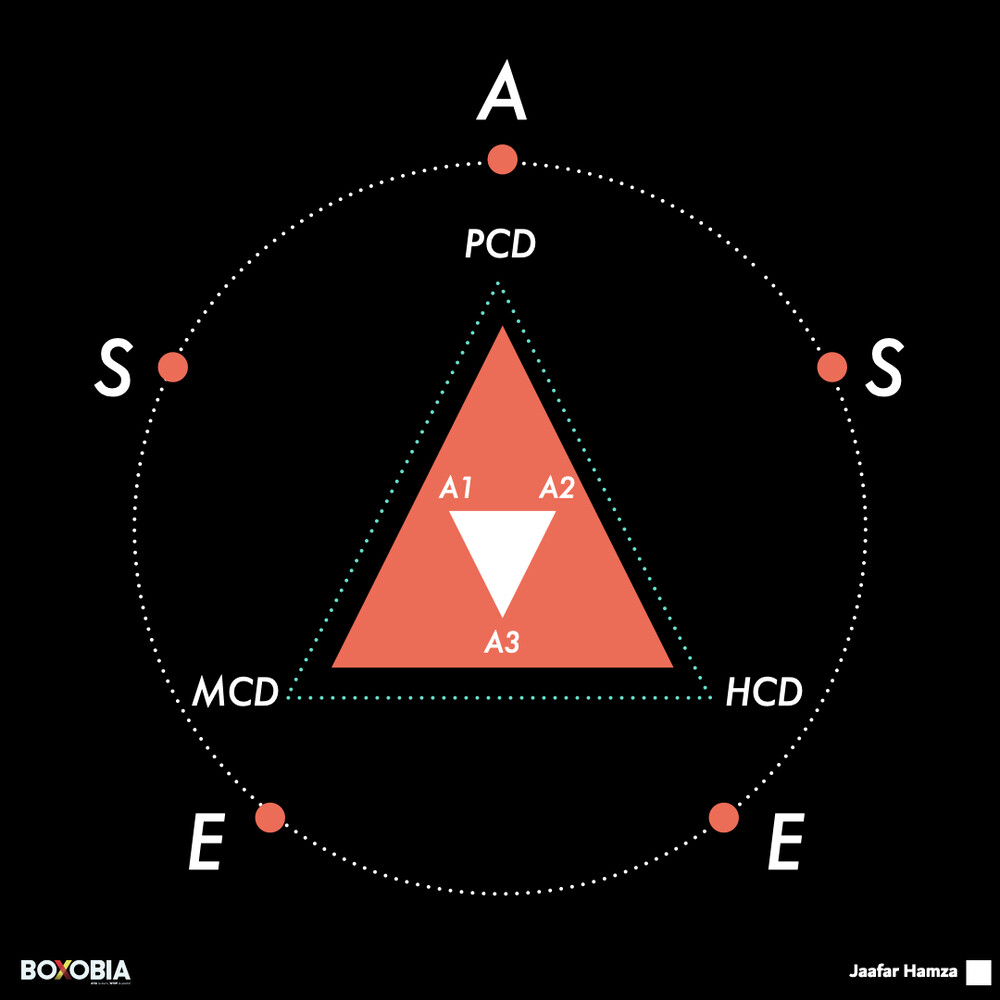


0 التعليقات:
إرسال تعليق